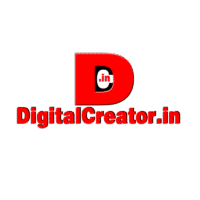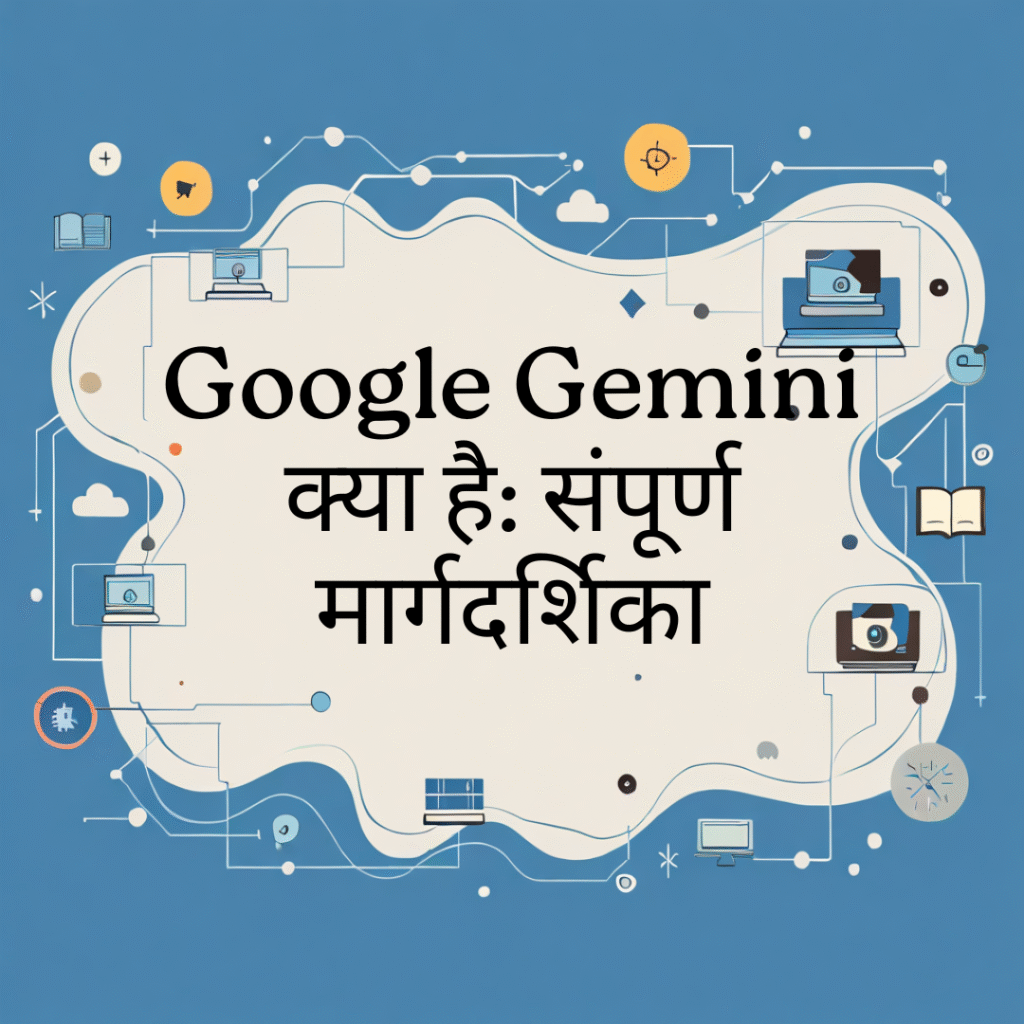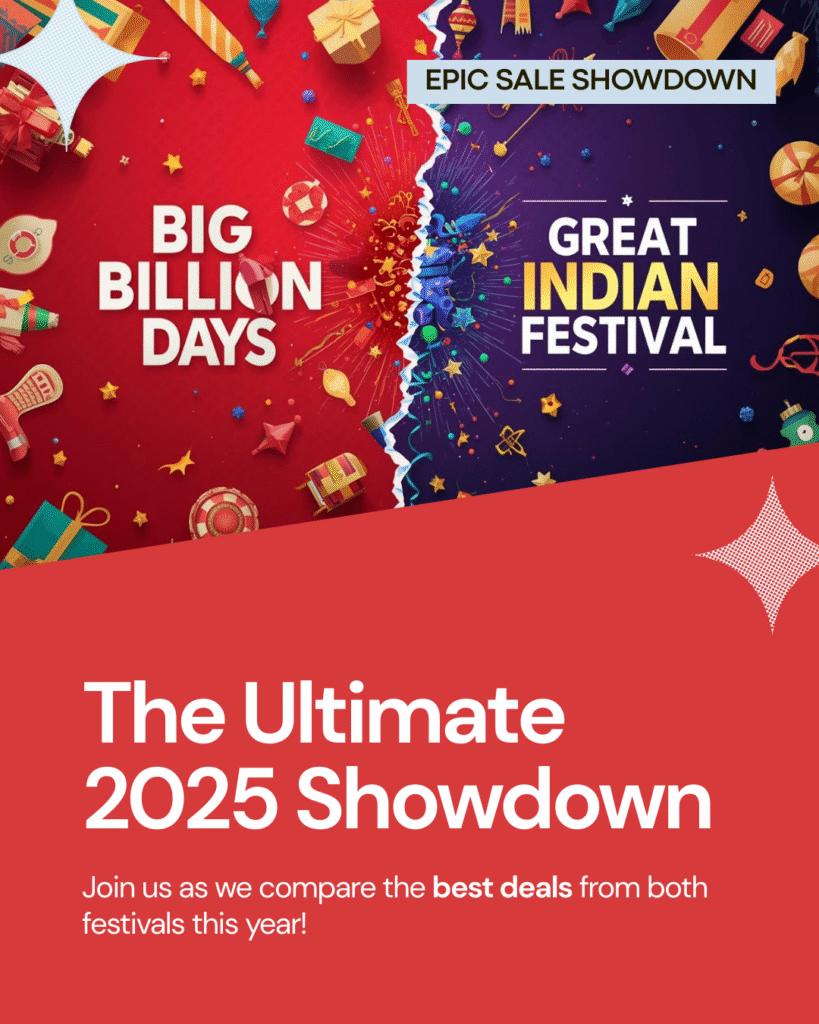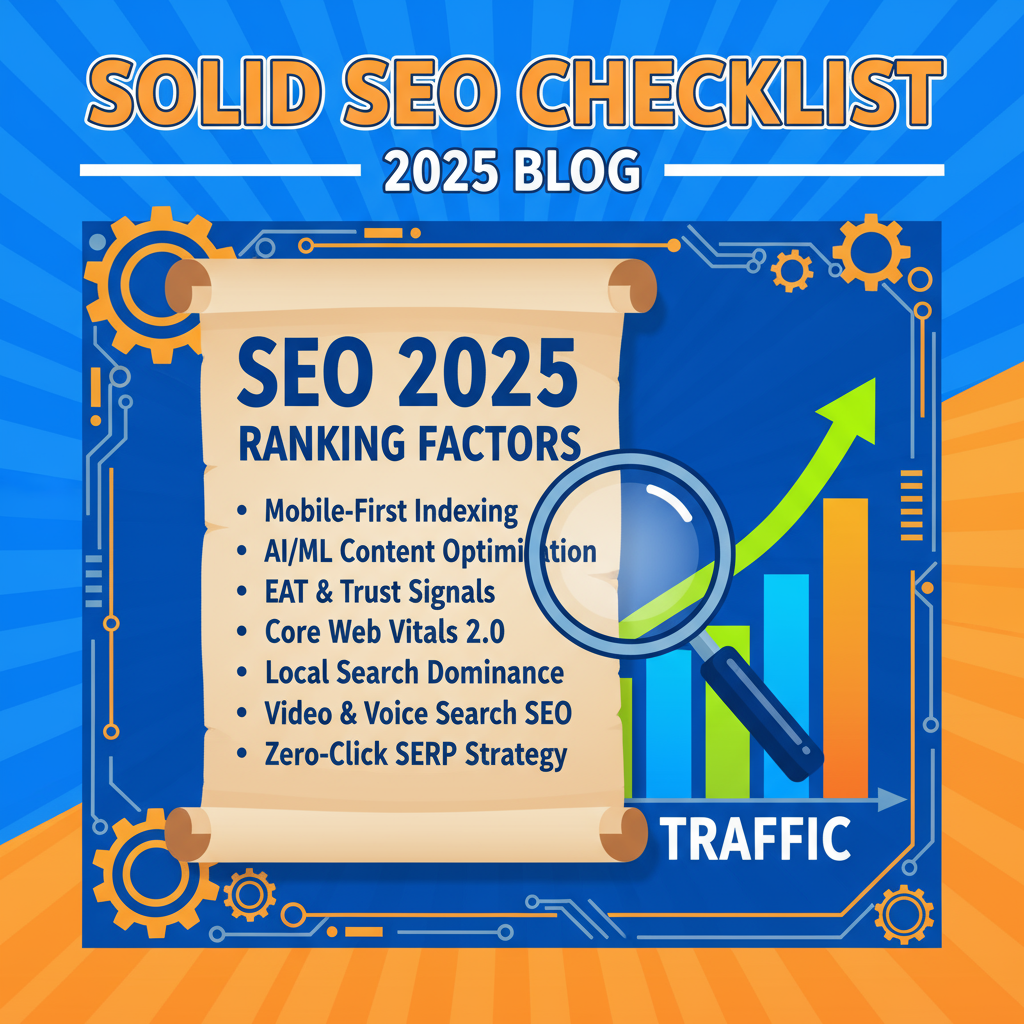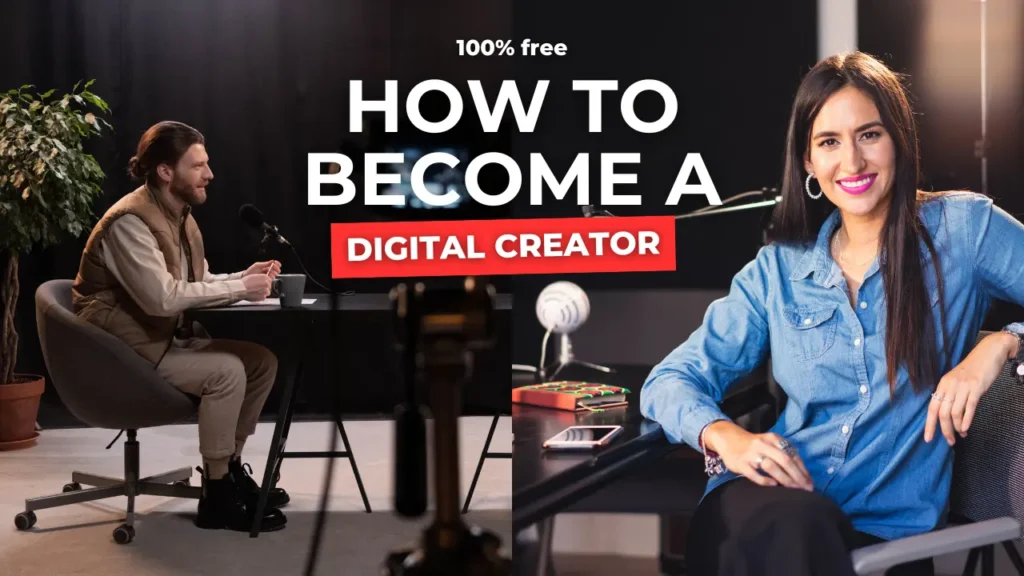
Index
- What is a Digital Creator? (Definition & scope)
- Types of Digital Creators & platforms they use
- Core skills every digital creator needs
- Essential tools & tech stack (hardware & software)
- Content strategy: planning, creation, and distribution — step by step
- SEO, discoverability, and algorithm playbooks
- Audience growth: tactics that scale (organic & paid)
- Monetization: how digital creators earn (detailed revenue streams)
- Workflow, productivity, and content operations
- Legal, taxes, and brand safety (must-knows)
- Collaborations, networking, and building partnerships
- Measuring success: metrics, dashboards, and reporting
- Sustainability & mental health for creators
- 30/90/365-day action plans (blueprints)
- Resources, templates, and next steps
- FAQs
- Final checklist & closing thoughts
1. What is a Digital Creator? (Definition & scope)
A digital creator is anyone who produces original content (text, images, audio, video, interactive experiences) primarily for digital platforms with the intent to inform, entertain, educate, or persuade an audience. Creators range from micro-influencers and niche bloggers to multimedia producers and studio teams. The role blends creative storytelling with audience-building, distribution strategy, and business skills.
Why the role matters: the digital creator sits at the intersection of culture, community, and commerce — influencing trends, purchasing decisions, and conversations across the web.
2. Types of Digital Creators & platforms they use
- Video Creators / YouTubers: long-form tutorials, reviews, vlogs. Platforms: YouTube, Vimeo, Rumble.
- Short-form Creators: snackable clips (15–90s). Platforms: TikTok, Instagram Reels, YouTube Shorts.
- Podcasters & Audio Creators: conversational shows, storytelling. Platforms: Spotify, Apple Podcasts, Anchor.
- Bloggers & Written Content Creators: articles, guides, newsletters. Platforms: WordPress, Substack, Medium.
- Photographers & Visual Artists: galleries, NFTs, Instagram.
- Streamers & Live Creators: gaming, talk shows, IRL streams. Platforms: Twitch, YouTube Live, Facebook Live.
- Course Creators / Educators: long-form courses, bootcamps. Platforms: Teachable, Udemy, Skillshare.
- Hybrid / Multi-platform Creators: many creators blend formats and channels for maximum reach.
3. Core skills every digital creator needs
- Storytelling: structure, pacing, hook & payoff.
- Audience empathy: research, persona building, listening.
- Basic production: shooting, recording audio, framing, lighting.
- Editing: video/audio/photo editing & polish.
- SEO & distribution: search optimization, metadata, platform algorithms.
- Data literacy: analytics interpretation and A/B testing.
- Business skills: negotiation, contracts, pricing, monetization.
- Community management: comment moderation, DMs, live moderation.
4. Essential tools & tech stack (hardware & software)
Hardware
- Camera: smartphone (modern flagship) or mirrorless (Sony/Canon/Fuji) depending on budget.
- Audio: lavalier mic for interviews, USB/XLR condenser for studio, and portable recorders for field work.
- Lighting: softboxes, ring lights, or LED panels.
- Accessories: tripod, gimbals, extra batteries, memory cards.
Software
- Editing: Premiere Pro, Final Cut Pro, DaVinci Resolve (video); Audacity/Adobe Audition (audio); Lightroom (photo).
- Graphics: Canva, Photoshop, Figma for thumbnails and brand assets.
- SEO & Research: TubeBuddy, vidIQ (video); Ahrefs, SEMrush (web); Google Trends.
- Scheduling & Analytics: Hootsuite, Buffer, Later; platform native analytics.
- Monetization & Commerce: Patreon, Gumroad, Shopify, Teespring.
- Collaboration: Google Workspace, Notion, Trello, Airtable.
5. Content strategy: planning, creation, and distribution — step by step
Step 1: Clarify your niche & audience
- Define target audience (age, location, problems, interests).
- Create 3–5 audience personas and top questions they ask.
Step 2: Content pillars & formats
- Identify 3–5 pillars (education, product reviews, lifestyle, behind-the-scenes).
- Map formats: long-form video, shorts, blog posts, newsletter.
Step 3: Keyword and topic research
- Use search suggestions, Q&A forums, and tools to find high-intent topics.
- Prioritize low-competition, high-value keywords early.
Step 4: Content calendar & batching
- Plan 4–12 weeks ahead. Batch record/edit to stay consistent.
Step 5: Create with a workflow
- Pre-production: script, shot list, assets.
- Production: record with attention to hook and pacing.
- Post-production: edit tightly, add captions, thumbnails, and CTAs.
Step 6: Publish & distribute
- Optimize title, description, tags. Post at times your audience is active.
- Cross-post on socials, newsletter, and community channels.
Step 7: Iterate
- Review analytics after 48–72 hours and 14–30 days. Iterate on formats that work.
6. SEO, discoverability, and algorithm playbooks
- On YouTube: strong hook, watch time, CTR (thumbnail + title), retention, and engagement (comments/likes) drive recommendation. Chapters, timestamps, and pinned comments help.
- On Google / Blogs: long-form content (1,200+ words), semantic keywords, internal linking, structured data, and E-A-T (expertise, authority, trust) matter.
- On Socials (TikTok / Reels): rapid consumption, trends, sound usage, and high early engagement are key. Use trending audio and put the hook in frame-by-frame first 1–3 seconds.
- Cross-platform synergy: use each platform’s strengths to funnel audiences into owned channels (website/email).
7. Audience growth: tactics that scale (organic & paid)
Organic
- Consistency and cadence.
- Collaborations and guest spots.
- Repurposing long-form content into shorts/clips.
- Community-first approach: reply to comments, run AMAs, polls.
- SEO and backlog optimization (update old posts/videos).
Paid
- Boost high-converting content with targeted ads (YouTube Ads, Meta Ads).
- Retargeting warm audiences with low-cost content.
- Promote flagship lead magnets to build email lists.
8. Monetization: how digital creators earn (detailed revenue streams)
- Ad revenue: YouTube AdSense, podcast ads.
- Sponsorships & brand deals: one-off or ongoing integrations.
- Memberships & subscriptions: Patreon, YouTube Memberships, Substack.
- Affiliate marketing: commission-based product links.
- Products & Merch: eCommerce (shirts, prints, digital tools).
- Courses & Workshops: premium learning content.
- Consulting & services: coaching, speaking gigs.
- Licensing & content syndication: selling footage or republishing rights.
- Live monetization: Super Chat, tips, ticketed events.
Rule of thumb: diversify—don’t rely on a single revenue stream.
9. Workflow, productivity, and content operations
- Template everything: scripts, edit sequences, thumbnail templates.
- Use an editorial calendar: Notion/Airtable with status & assets.
- Batch production days: record 3–5 videos in one session.
- Outsource non-core tasks: editing, captions, thumbnail design when scalable.
- SOPs: Standard Operating Procedures that reduce cognitive load and speed up onboarding.
10. Legal, taxes, and brand safety (must-knows)
- Contracts: always have written agreements for sponsorships and collaborations.
- Copyright: use licensed music or platform libraries; avoid unlicensed clips.
- Disclosure: disclose paid partnerships and affiliate relationships (FTC rules).
- Taxes: track income, claim expenses, and consult an accountant for self-employment taxes.
- Insurance: consider liability or equipment insurance for higher scale operations.
11. Collaborations, networking, and building partnerships
- Approach: propose clear mutual value — what you offer and what you want.
- Formats: collab videos, cross-promotions, guest posts, co-hosted podcasts.
- Long-term partners: nurture recurring sponsors with performance reports and creative concepts.
12. Measuring success: metrics, dashboards, and reporting
- Core KPIs: views, watch time, retention, subscribers, click-through rate (CTR), conversion rates (email, product).
- Revenue KPIs: ARPU (average revenue per user), revenue per video, sponsorship ROI.
- Engagement KPIs: comments, shares, saves, community growth.
- Tools: platform analytics, Google Analytics, creator specific dashboards.
13. Sustainability & mental health for creators
- Set boundaries (work hours, social time).
- Rotate content formats to avoid burnout.
- Use sabbaticals or seasonal breaks when needed.
- Seek community support groups or a therapist if pressure mounts.
14. 30/90/365-day action plans (blueprints)
30 days — Foundation
- Define niche, create 8 content ideas, publish 4 pieces, set up analytics, start email list.
90 days — Growth
- Polish branding, launch 1 lead magnet, collaborate once, experiment with ads, track top 3 performing formats.
365 days — Scale
- Launch a flagship product/course, establish steady sponsorships, build a small team, and reach sustainable revenue target (set your own).
15. Resources, templates, and next steps
- Templates: content brief, sponsorship media kit, release form, content calendar (create in Notion/Airtable).
- Learning: YouTube Creator Academy, free courses on production & editing, SEO blogs.
- Communities: creator Discords, mastermind groups, niche forums.
16. FAQs
Q: Do I need expensive gear to start?
A: No. Start with a good smartphone and learn fundamentals. Upgrade as revenue grows.
Q: Which platform should I choose first?
A: Pick where your audience spends time. If you like long-form storytelling — YouTube or blogging. If you prefer quick discovery — TikTok or Shorts.
Q: How long until I earn meaningful income?
A: Varies widely. Some creators monetize within months; for many it takes 12–24 months of consistent work. Consistency + value wins.
17. Final checklist & closing thoughts
- Define your niche and ideal audience.
- Plan content pillars and a 12-week calendar.
- Build a multi-platform presence and own your audience (email).
- Optimize for discoverability (SEO + thumbnails + hook).
- Diversify revenue streams from month one.
- Create SOPs and document workflows.
- Prioritize mental health and sustainability.
Becoming a successful digital creator is creative work + repeatable systems. Start small, iterate fast, learn from data, and build real relationships with your audience. The digital creator’s advantage is agility — you can test, learn, and scale faster than most traditional media. Now go create something people need — and make it yours.
Frequently Asked Questions (FAQs)
1. What is the meaning of a Digital Creator?
A Digital Creator is someone who creates and publishes original content on digital platforms such as YouTube, Instagram, TikTok, or blogs. Their goal is to educate, entertain, or inspire an online audience through various types of media — videos, posts, podcasts, or designs.
2. How do I become a Digital Creator?
To become a digital creator, start by choosing your niche (such as travel, tech, beauty, finance, or education), create high-quality content consistently, and engage with your audience. Use analytics to understand what works, and optimize your presence across platforms like YouTube, Instagram, and LinkedIn.
3. Do Digital Creators get paid?
Yes, digital creators earn income through brand collaborations, sponsored posts, affiliate marketing, ad revenue, product sales, and subscriptions. The more consistent and niche-focused your content is, the better your chances of monetization.
4. What are the best tools for Digital Creators?
Some essential tools include:
- Canva / Adobe Photoshop: For design and visual content.
- CapCut / Premiere Pro: For video editing.
- Notion / Trello: For content planning.
- Google Analytics / TubeBuddy: For performance tracking.
5. What platforms are best for Digital Creators in 2025?
Top platforms include YouTube, Instagram, TikTok, LinkedIn, Pinterest, and X (Twitter). Each serves different audiences — for example, YouTube is great for tutorials and long-form content, while Instagram and TikTok are best for quick, visual engagement.
6. How much can a Digital Creator earn in India?
Earnings vary widely based on niche, audience size, and engagement rate. In India, beginner creators can earn ₹10,000–₹50,000 per month, while top creators easily cross ₹5–₹10 lakhs monthly, depending on collaborations and content performance.
7. What is the difference between an Influencer and a Digital Creator?
While both create content, influencers primarily focus on promoting brands and engaging followers, whereas digital creators concentrate on creating original, value-driven content — such as tutorials, reviews, blogs, or creative visuals.
8. How can I grow faster as a Digital Creator?
Focus on consistent posting, storytelling, authentic engagement, SEO optimization, and cross-platform promotion. Always analyze your data and adapt your strategy to audience feedback.
